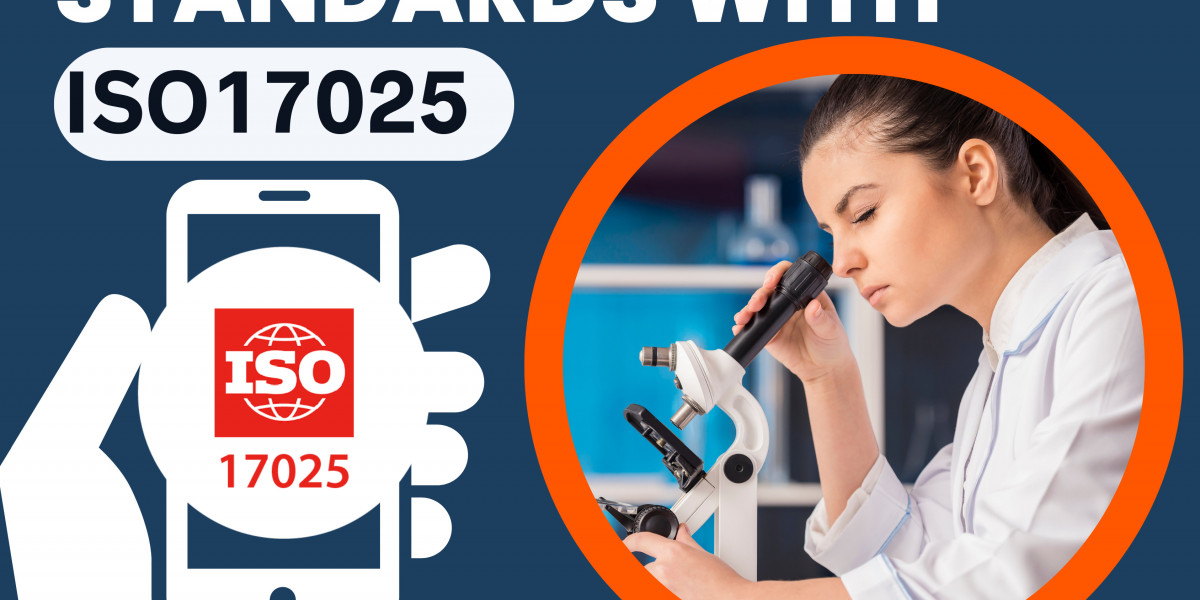To streamline daily processes, every business and organization needs automation tools to improve productivity and efficiency. The rise of business process automation reflects its growing importance in today’s tech landscape. Companies are increasingly adopting BPA software to enhance their processes, address workflow issues, and increase overall productivity.
Business processes involve a series of activities and tasks designed to achieve a specific result or an outcome. Describing a business process accurately requires including details about the tasks, people, and information which the process relies on. There are several kinds of processes in business. That includes core and long-tail procedures. Each type is essential for effective business operations. Through strategic optimization and automation with the right software, businesses can achieve process excellence.
The business process automation market uses software to lessen and enhance human involvement in business processes. Each process contains a series of tasks and workflows. BPA aims to automate as many of these as possible. To put it simply, BPA refers to software that automates and optimizes various processes. It is sometimes being called as low-code automation.
As many organizations and businesses increasingly rely on this technology, there is a growing demand for the business process automation market across the globe. A prominent market research firm, GMI Research, estimated that the business process automation market size reached USD 12,337 million in 2022 and would touch USD 30,985 million in 2030. This rapid growth is due to the growing requirement for automation in various industries along with the rising implementation of enhanced technology solutions.
The Types
The business process automation market offers several types that can be adjusted to each process. BPA in general refers to one part of a specific component of a process management. But it can also be used broadly to include several specific forms of automation.
- Task automation
The goal of task automation is to cut down on or eliminate manual tasks in a process. That includes actions like sending emails, creating documents, or updating statuses.
- Workflow
This involves applying automation to a set of activities and tasks within a process. Some workflows can achieve full automation of all tasks. Meanwhile, others might automate only certain tasks. It leaves those requiring decision-making or critical thinking to be dealt with by employees.
- Process automation
This reviews the complete process to identify various automation opportunities. It involves automating both the workflows and individual tasks that form the overall process.
- Robotic process
Tasks that are highly structured and repetitive which occur in the same manner each time are often ideal for automation with custom-coded bots. An ideal example would be when an employee logs in to a system, extracts data, and inputs it into another system. Such tasks which are repetitive and do not require decision making, are perfect candidates for automation.
- Intelligent automation
Intelligent automation involves the fusion of task and process automation with AI and various advanced technologies. It is to enable the automation of complex tasks including decision-making.
The Benefits
The usual answer is that the business process automation market increases efficiency. But it does not adequately describe how BPA influences processes or the overall advantages it brings to the business. Beyond reducing the use of spreadsheets and eliminating repetitive tasks, BPA also enhances business efficiency by saving time for activities that add more value. Automation of business processes usually requires team members to standardize the workflows which is a significant benefit.
The primary advantage of standardizing processes is that it makes scaling easier. With consistent sequences and workflows, replicating and expanding the process to a larger scale becomes more straightforward. Efficiency improves with standardized processes due to business automation. It brings greater control and coordination to the entire process framework.
The Applications
The versatility of the business process automation market allows it to be utilized in any departmental process. This makes it an excellent option for streamlining business processes across the entire company.
- Procurement and finance
Using BPA to streamline the routing of incoming items. That includes reimbursement requests and purchase approvals, expedited credit approval processes, and standardized procedures for improved security and compliance.
Processes in procurement and finance that often see improvements from BPA include purchasing and expense reimbursement. Samsonite's case demonstrates how BPA integration with a legacy ERP can help standardize purchasing workflows and meet various tax and internal requirements.
- Sales and marketing
BPA drives revenue growth by improving the efficiency of sales and marketing processes. It lessens the time spent on marketing request fulfillment and accelerates the onboarding of customers. Moreover, BPA integrates with current CRMs to automate sales, address process gaps, and break down data silos. When an enterprise CRM is not available, BPA can function as a low-code alternative or help in developing and overseeing sales pipeline steps.
- Human Resources
Another application of the business process automation market is in the human resources or people operations. HR teams aim to provide seamless experiences throughout the candidate and employee lifecycle. BPA helps achieve this by reducing the time required to hire and onboard employees. While it also integrates with multiple HR systems and apps. It streamlines essential processes like recruiting and employee request handling.








